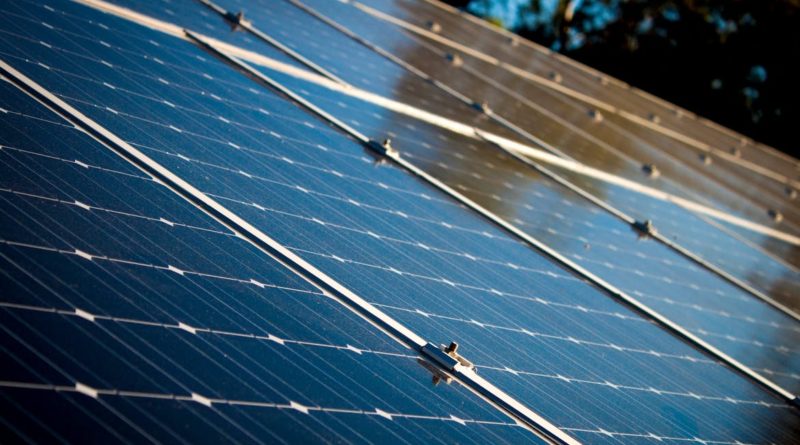How Investing in Green Tech Pays Off for Commercial Property Owners
Green trends sweep across the commercial property landscape and shift it at a rapid pace. Still, the winds of change affect some areas and markets more than others. While forward-thinking building owners integrate green design and technologies, there are also those that perceive them as unnecessary expenditures. Well, the truth is that even for those who do not care much about preserving the world for future generations, there is a slew of ongoing benefits that can be reaped from sustainable tech.
The new, green business order rises
The global green building ecosystem is expected to undergo 13% growth rate during the period of 2015-2020. The surge is facilitated by raising awareness of environmental problems that plague the planet, but also the leaps and bounds that technology makes. The commercial sector still accounts for a big chunk of total greenhouse gas emissions, but that is about to change. What started out as an outlandish innovation is now becoming a norm and property owners would be wise to take notice and start adapting.
Financial deliberation
When it comes to financial aspects, what pops up first is a steep upfront cost of implementation. It is estimated that Commercial building owners will spend whopping $960 billion on technology in the next five years. Still, it is possible to achieve savings right away with rebates, tax breaks, grants and other benefits that local, federal, and state governments offer. With appropriate upgrades and systems in place, commercial property owners can qualify for a green credit. And when you look beyond the horizon of immediate costs, you discover again that the investment actually makes financial sense.
All systems go
Early adopters are certainly ahead of the pack. They know that water is not a renewable resource and that it does not come cheap. They employ water conservation techniques to make big money savings with upgrades like low-flow toilets, timed irrigation systems, rain gardens and sink aerators. Likewise, smart technology reduces energy requirements and use. You can adjust your thermostat to follow certain patterns or program the energy-saving LED lighting solutions to turn on and off automatically by using motion sensors.
Driving revenue
The success of commercial property investments is rooted in the income rate. There is a wide array of factors that drive this value and green technology can be one of them. Namely, the demand for clean, healthy and efficient real estate has never been higher and the upward trajectory will continue. Businessmen are always on the lookout for offices that involve lower operating costs and are prepared to pay for them quite well. Thus, green construction is no longer limited to green houses anymore but includes offices, facilities, and stores as well.
Branding benefits
Being a green company or brand is a good way to strike a chord with a wide array of customers and attract a better class of renters. They hold green principles in high regard and endorse them for the same reasons as property owners: to build a reputation and a solid brand. Yet, it is not enough to simply put one solar panel to the roof or place and add a recycling bin in order to attach “green label” to the commercial space. Customer expectations rise and encompass new dimensions and applications of sustainable tech.
Leading the way
This brings us to the point that monetary benefits come to those who follow certain standards. In the Unites States, for instance, the rating system is called LEED (Leadership in Energy and Environmental Design). Other countries establish their own certification systems that follow the example of systems like LEED. Green commercial buildings are a big business now and to enter the game one has to play by the book. There is plenty of incentives to go down the green path, but the market, regulatory and client demands are certainly among the top ones.
More power to you
People are more concerned about the environment than ever before. Commercial building owners may be more preoccupied with sorting out financial matters, but they can also profit from integrating new technologies into the energy infrastructure and taking efficiency to the whole new level. Long-term savings come in the form of lower utility bills. Besides that, you can score tax breaks and other benefits or equip yourself with competitive differentiators. Finally, in case you produce surplus of juice, you can even sell it back to the utility companies.





